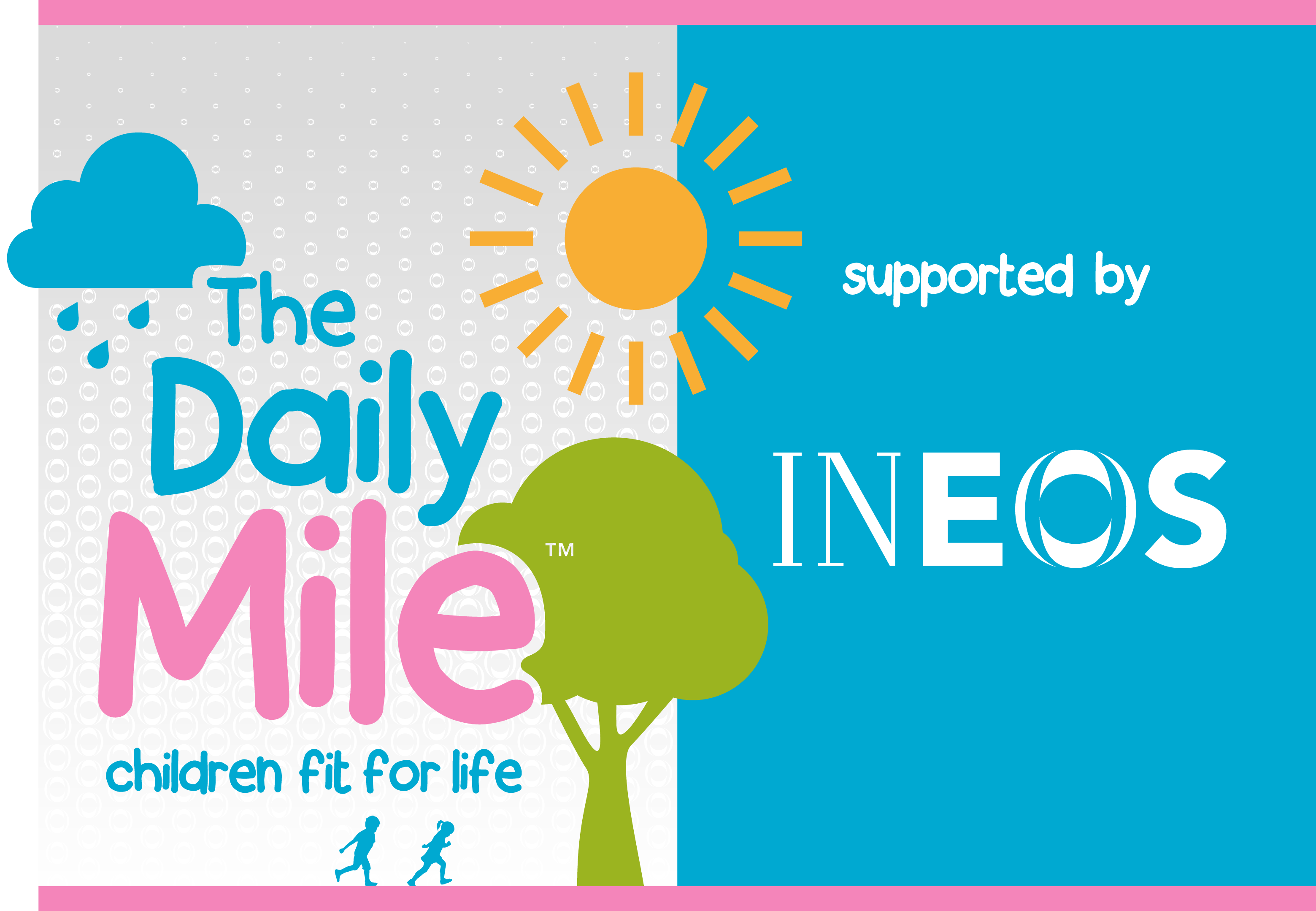The Daily Mile reinforces SEL curriculum
The Daily Mile reinforces SEL curriculum
There’s a buzzword in education. Most likely you don’t even have to read on to know what it is. Have you guessed it? That’s right. Social-emotional learning or SEL. But what exactly is social-emotional learning? And how can you integrate it into your classroom in an easy way?
The Collaborative for Academic, Social and Emotional Learning defines SEL as “the process through which all young people and adults acquire and apply the knowledge, skills, and attitudes to develop healthy identities, manage emotions and achieve personal and collective goals, feel and show empathy for others, establish and maintain supportive relationships, and make responsible and caring decisions.”
We know. That’s a lot. What do all these words mean and how can you put them into practice in your classroom in simple ways?

The Child Mind Institute breaks it down this way. Through social-emotional learning students should be able to:
- Manage difficult emotions
- Make responsible decisions
- Handle stress
- Set goals
- Build healthy relationships
You can incorporate these lessons into your curriculum. But it’s also important to reinforce them through activity.
The Daily Mile is a simple and free way to reinforce your SEL curriculum. Physical activity promotes self-awareness, social awareness, relationship skills, and responsible decision-making.
But what is The Daily Mile? It’s a free initiative where students go outside for 15 minutes each day to run, jog, roll or walk. But it’s more than physical activity. The Daily Mile is a time for students and their teachers to connect and talk. Discussion doesn’t have to be about schoolwork. Teachers can take this time to learn about their students’ hobbies and interests. They can connect with them on a deeper level. Teachers who do The Daily Mile say they have seen changes in their students. Students are coming back to class happier, heathier and more learning ready.

The Daily Mile has resources designed to support your current SEL curriculum.
- The Kindness Calendar has activities and discussion prompts. These activities can support your daily SEL lessons.
- The Mood Meter helps students learn to recognize and express emotions. It can help to encourage conversations about feelings, reduce tension, and relive stress. Several teachers say their students notice a change in their mood after they do The Daily Mile. The Class Bubble Poster can also help your students express their emotions. It’s a great visual reminder of how getting exercise makes them feel. Don’t only take teachers’ words for it, though. Research shows that walking for 15 minutes a day can reduce a person’s risk of depression by up to 26 percent.

So far, we’ve talked about managing difficult emotions and handling stress. How can The Daily Mile help you build healthy relationships with your students?
- The Extra Mile Note Home can help you build a bridge with your students. Is there someone who is hard-to-reach in your class? Or a student who was an especially good friend to someone that day? Send an Extra Mile Note Home with them. These notes not only reinforce good behavior but help improve self-esteem too! And they are available in both English and Spanish.
- But what about helping your students build relationships with each other? Check out the Friendly Notes resource. Students can share with each other what traits they admire in the other person. Sometimes this little gesture is all that’s needed to help turn a child’s day around. A parent of a student who does The Daily Mile at her school in Ohio said, “My daughter loves The Daily Mile. She comes home and tells me how she was able to help the students who were sad that day.”
The last piece of the SEL puzzle is goal setting. The Daily Mile has you covered there too. There are several resources available to help your students set goals. And these goals will be not only manageable but achievable.
- You might want to start out with a small goal and build up to bigger ones. The Daily Mile BINGO is a great way to do this. Set a goal of doing The Daily Mile five times to see if you can get a BINGO on the card. Keep going until you fill up the entire card. Before you know it, you’ll have done The Daily Mile 25 times!
- The Journal of Joy has sections where students can set goals for themselves for the school year. The book also has a tracker where they can keep track of how many days in a row they complete The Daily Mile. It’s available in English and Spanish. The 21-Day Tracker is also available as a standalone resource as well.
- You can use the Class Evaluation hand-in-hand with the 21-Day Tracker. Track your students’ progress in each of the categories over the 21 days. Do you see your students improving?
- The Weekly Self-Assessment allows students to see how they progress with The Daily Mile. Students rank themselves on the medal system and then can set a goal for themselves to earn the next medal up.
- Once your class conquers these goals, you might want to try some bigger ones. If that’s the case, check out The Daily Mile Challenge Badges. Can your class travel the length of the Mississippi River or from Anchorage to Miami doing The Daily Mile?
Sign up for The Daily Mile today. Happier, healthier, more engaged students will follow.




